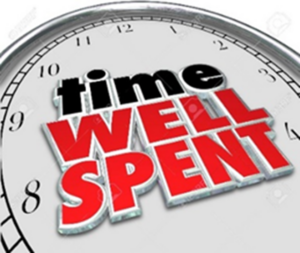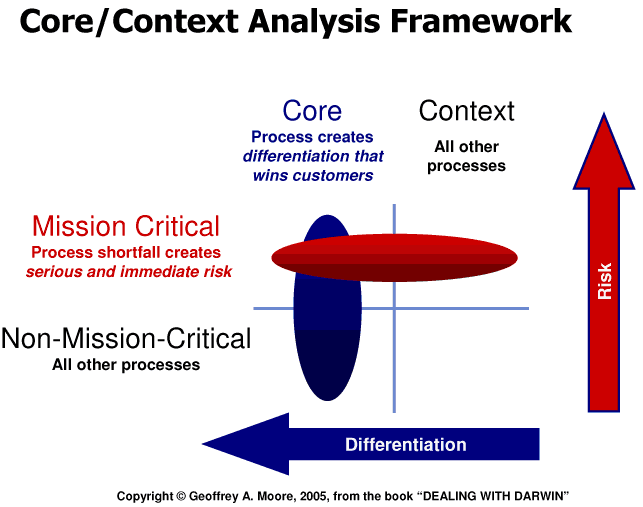
October 25, 2023
In the digital world,
it’s time to take how you spend your time seriously

What percentage of your time directly contributes to the performance of your organization?
A recent study from Microsoft examined the activities of millions of workers who use the company’s business applications. The data is part of their annual study of workplace-productivity trends which measure how people actually spend their workdays.
The results documented that the average employee spent 57% of their time using office software in meetings, emails, and chat while 43% used the software for creating things such as spreadsheets and power point presentations.
In a separate Microsoft survey of 31,000 people worldwide, 66% said they struggled to find the time and energy to do their actual job.
The disruptive impact of interruptions
Recent studies have documented that the average employee switches tasks every 3 minutes, is interrupted every 2 minutes, and has a maximum focus stretch of 12 minutes. The studies also show that when someone is interrupted it takes an average of 23 minutes to resume their focus.
Emails, text messages, intra-office collaboration tools, and co-workers stopping by are constant sources of interruptions throughout everyone’s day. Without controlling these interruptions, it’s virtually impossible to bring your full and deliberate attention to accomplishing critical tasks in a timely manner.
You have to take the time to change how you spend your time

Good habits are hard to learn and bad habits even harder to break. Having 24/7 access to information and digital networks makes it easy to stay connected no matter where you are or what you are doing. This puts a new premium on your ability to set boundaries for what you allow to consume your time.
As Warren Buffet said, “I can buy anything I want but I can’t buy time. So, I have to be very careful how I use it.”
You can start by documenting how you are spending your time by using our Core & Context analysis framework shown on the slide below:

You can start by doing your own personal core and context assessment. Go back over your calendar for the last two months and look at how you spent your time and identify each activity as either core or context. Simply put, core is any activity that directly impacts the performance of your company while context are those activities that need to be done but don’t directly impact your company’s performance. This exercise will enable you to get a core/context ratio of what percent of your time is spent in each area. If you’re like the many executives I’ve done this exercise with, you will be surprised by how much of your time context activities consume. Once you have your current ratio, then you can make a plan to decrease the time you spend on context and increase the time you spend on core activities.
What’s your time worth?
As the old adage says, “time is money.” So how you spend your time has a direct correlation on how much of a return you get for it. There are both monetary and non-monetary returns on how you productively spend your time, so the key is to find the right balance that works for you.
For most employees the biggest drain on their time is meetings, emails, and smart phone messages. A recent Harvard Business Review survey of 182 senior managers, across a range of industries, asked about meetings and found these results:
- 71% said meetings are unproductive and inefficient
- 65% said meetings keep them from completing their own work
- 64% said meetings come at the expense of deep thinking
- 62% said meetings miss opportunities to bring the team closer together
Studies have also shown that people who use a mobile device during a meeting are so distracted that it’s almost as if they aren’t present at all. As such, many companies have instituted a “mobile device ban” for all meetings.
Even standup meetings are coming under fire as John Prestridge, CMO of Easy Vista says, “these meetings lead to a focus on status reporting rather than real-time collaboration and problem solving. Meetings should be reserved for solving problems and should only last for a period of time needed to achieve the results required.”
Another study showed that 80%-90% of people were copied on emails they weren’t intended for.
Time wasted is clearly not time well spent.
Creating your own time well spent scorecard
Your core and context assessment will allow you to document how you are spending your time now. Armed with that information, you are able to develop a game plan to redeploy your time and energy away from low-value, low-impact activities to high-value, high-impact activities. You can set specific time percentage goals for:
- Time with customers
- Time with internal business partners and cross functional team members
- Time in meetings
- Time doing emails
- Time attending industry events
- Time for deliberate learning
- Time for mindful reflection
- Time for family and friends
|






